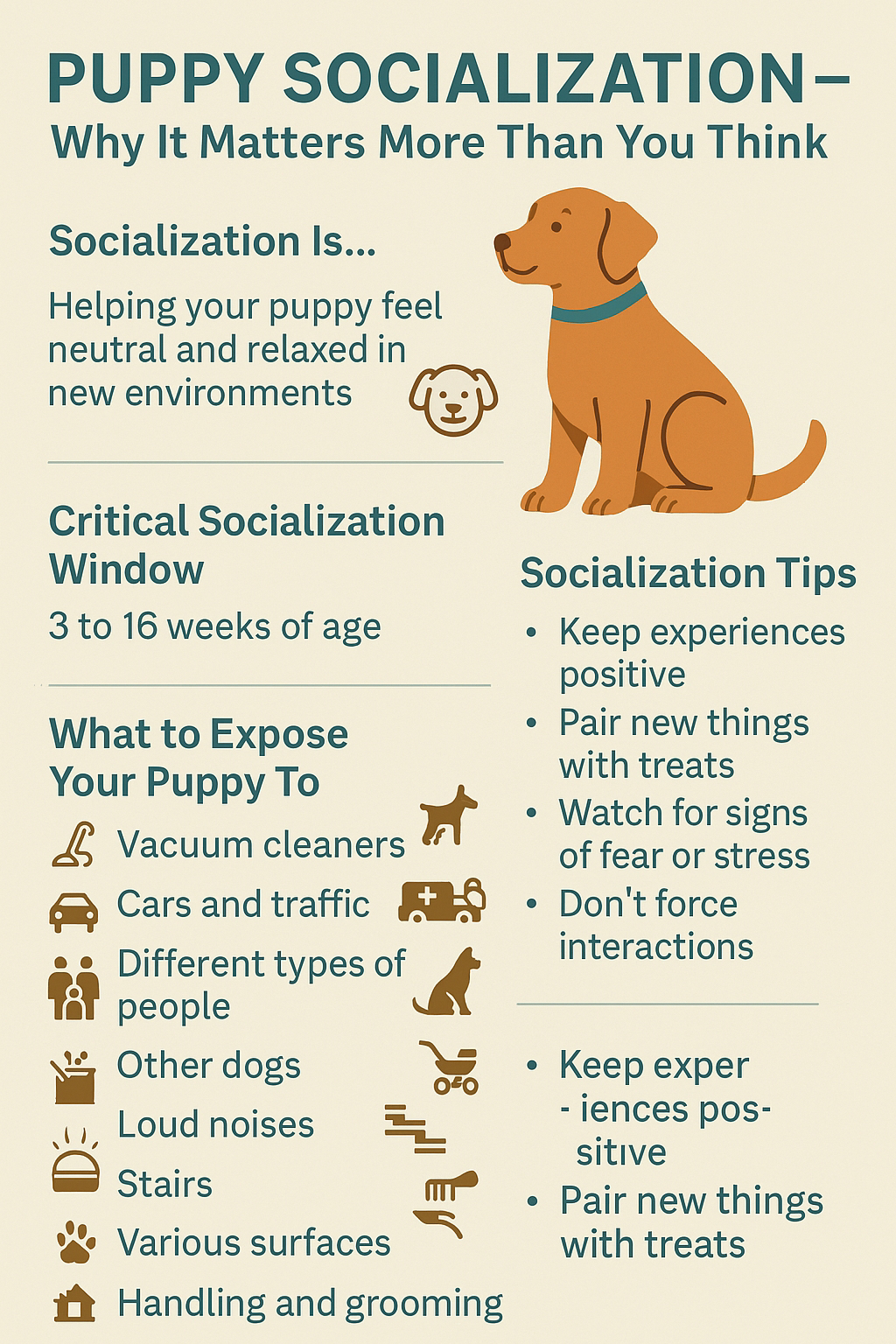Your dog may not speak your language, but they never stop communicating. From the wag of a tail to the flick of an ear, dogs are constantly using body language to express their feelings, needs, and intentions. Understanding these signals can help you build a stronger bond, prevent misunderstandings, and ensure your pup feels safe and understood.
Whether you're a new dog owner or a seasoned pup parent, learning to “speak dog” can transform the way you interact with your furry companion. Let’s decode the cues and explore what your dog is really saying.
👁️ Why Dog Body Language Matters
Dogs are experts at reading human body language, but many humans are less fluent in theirs. Misreading a dog’s cues can lead to fear, frustration, or even bites. Understanding your dog’s body language means:
- Recognizing stress before it escalates
- Supporting positive interactions with other dogs and people
- Building a deep, trust-based relationship
Reading your dog is about the whole picture—not just the tail or the ears, but how all body parts work together in context.
🐾 Common Body Language Signals (And What They Mean)
Let’s break down the most common elements of canine communication.
1. Tail Talk – More Than a Wag
Most people think a wagging tail means a happy dog—but it’s not that simple.
- Fast, wide wag (low or mid-level) – Friendly, excited, approachable
- High, stiff wag – Alert, possibly aroused or tense
- Low wag or slow wag – Uncertain or insecure
- Tail tucked between legs – Fear, submission, anxiety
- Still tail held high – Confidence, possibly dominance or challenge
Context matters! A wagging tail doesn’t always mean “I’m happy”—sometimes it means “I’m ready to react.”
2. Ears – Tuning Into Emotion
Dogs’ ears are expressive, and their positioning can reveal how they’re feeling.
- Ears forward – Alert, curious, or possibly assertive
- Ears back or flat – Submissive, fearful, or nervous
- Ears relaxed – Calm and content
- One ear up, one down – Confused or unsure
Breed type plays a role too—a Basset Hound’s droopy ears read differently than a German Shepherd’s perked ones.
3. Eyes – The Window to the Canine Soul
Your dog’s eyes say a lot—if you know what to look for.
- Soft, blinking eyes – Relaxed and calm
- Hard stare – Warning, threat, or discomfort
- Whale eye (showing whites of eyes) – Fear or tension
- Avoiding eye contact – Submission or nervousness
If your dog is locking eyes with a rigid body, they may be feeling threatened—not loving.
4. Mouth and Facial Expressions
Dogs don’t smile like humans, but their mouths are still expressive.
- Open mouth, relaxed tongue – Happy, relaxed
- Panting with tight mouth – Overheating or anxious
- Lip licking or yawning – Stress signal, especially out of context
- Showing teeth (no growl) – Submissive grin or fear
- Growling with bared teeth – Defensive or aggressive warning
Never punish a growl—it’s a communication tool. Removing it can make dogs skip straight to biting.
5. Posture and Movement
A dog’s posture gives major clues to their emotional state.
- Loose, wiggly body – Friendly, playful, confident
- Cowering or crouching – Fear, submission
- Standing tall, chest out – Confidence or dominance
- Freezing (sudden stillness) – Anxiety, decision point—watch closely
- Rolling onto back – Trust or submission (context is key)
Dogs don’t always move quickly—pauses and freezes can be just as important.
6. Play Bow and Happy Zoomies
- Play bow (front legs down, butt up) – A clear invite to play
- Zoomies (FRAPs – Frenetic Random Activity Periods) – Pure joy or energy release
Dogs often play rough. Look for reciprocal body language to make sure all dogs involved are enjoying themselves.
🔄 Body Language in Context – It’s Not One Signal Alone
Reading dog body language is about the whole dog in the moment, not one isolated cue. A wagging tail paired with growling and stiff posture? Not a friendly signal. A yawn when nothing exciting is happening? Might be stress. That same yawn during bedtime? Just a tired pup.
Ask yourself:
- What’s happening around your dog right now?
- What other signals are they giving?
- Are they moving toward or away from the stimulus?
Understanding your dog takes observation and practice.
🐕 Signals of Stress You Shouldn’t Ignore
Dogs often show subtle stress signals long before barking, growling, or biting. These include:
- Lip licking (outside of mealtime)
- Yawning when not tired
- Excessive shedding (especially at the vet!)
- Trembling or shaking off
- Avoiding eye contact or turning away
- Slow or hesitant movements
- Excessive panting
These signs are your dog’s way of saying, “I’m not okay.” If you see them often, your dog might need more support or a change in environment.
🗣️ When Body Language Meets Vocalizations
Body language is often paired with sounds—barking, whining, growling. A dog’s voice supports what they’re saying physically.
- Whining – Discomfort, anxiety, or desire
- Barking – Can signal excitement, fear, alertness, or frustration
- Growling – A warning. Listen to it!
- Howling – Communication, loneliness, or response to noise
Just like body language, vocalizations need context for full interpretation.
🧠 Final Thoughts – Speak Their Silent Language
Your dog may never speak English, but they’re communicating constantly. By learning their language, you:
- Deepen your relationship
- Avoid misunderstandings
- Create a safer, more trusting environment
The next time your dog averts their gaze, wags a certain way, or suddenly stiffens—pay attention. You just might be hearing them loud and clear.
💬 Your dog is speaking. Are you listening?



